Diana Schnell
Enterprise Model Library for Business-IT-Alignment
Nov 21, 2022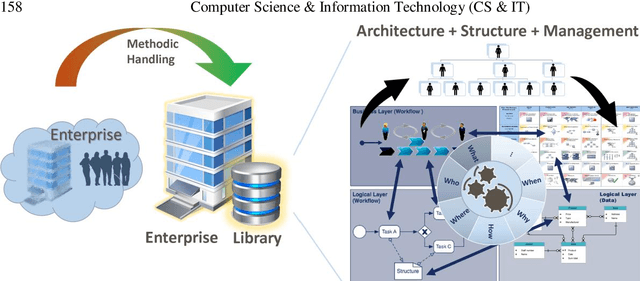
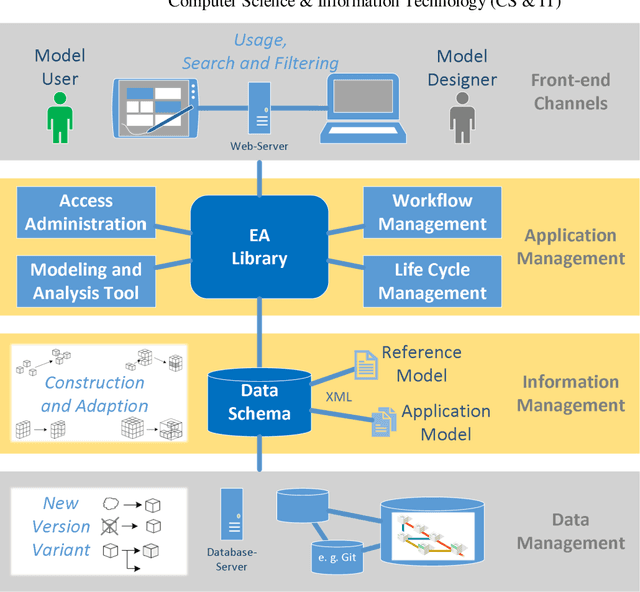
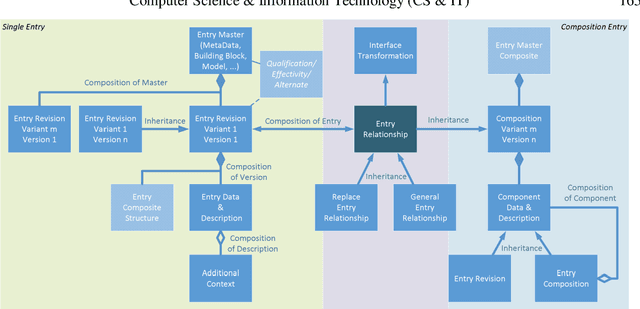

Abstract:The knowledge of the world is passed on through libraries. Accordingly, domain expertise and experiences should also be transferred within an enterprise by a knowledge base. Therefore, models are an established medium to describe good practices for complex systems, processes, and interconnections. However, there is no structured and detailed approach for a design of an enterprise model library. The objective of this work is the reference architecture of a repository for models with function of reuse. It includes the design of the data structure for filing, the processes for administration and possibilities for usage. Our approach enables consistent mapping of requirements into models via meta-data attributes. Furthermore, the adaptation of reference architectures in specific use cases as well as a reconciliation of interrelationships is enabled. A case study with industry demonstrates the practical benefits of reusing work already done. It provides an organization with systematic access to specifications, standards and guidelines. Thus, further development is accelerated and supported in a structured manner, while complexity remains controllable. The presented approach enriches various enterprise architecture frameworks. It provides benefits for development based on models.
Methodology for Holistic Reference Modeling in Systems Engineering
Nov 21, 2022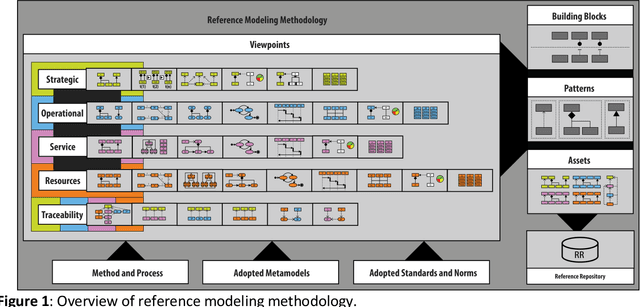
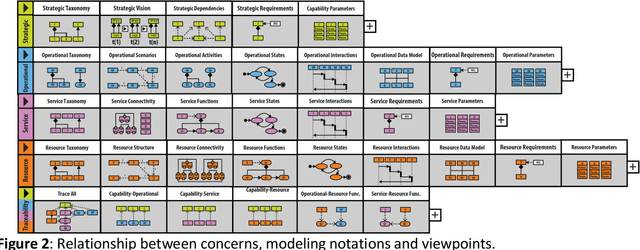

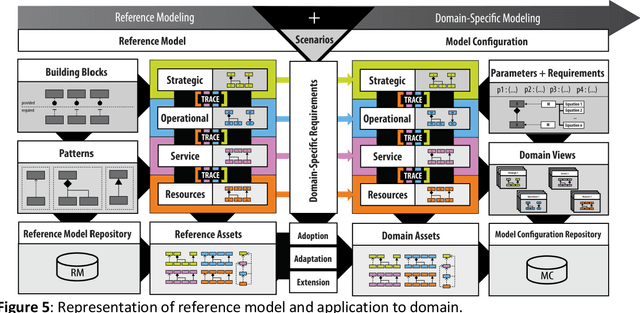
Abstract:Models in face of increasing complexity support development of new systems and enterprises. For an efficient procedure, reference models are adapted in order to reach a solution with les overhead which covers all necessary aspects. Here, a key challenge is applying a consistent methodology for the descriptions of such reference designs. This paper presents a holistic approach to describe reference models across different views and levels. Modeling stretches from the requirements and capabilities over their subdivision to services and components up to the realization in processes and data structures. Benefits include an end-to-end traceability of the capability coverage with performance parameters considered already at the starting point of the reference design. This enables focused development while considering design constraints and potential bottlenecks. We demonstrate the approach on the example of the development of a smart robot. Here, our methodology highly supports transferability of designs for the development of further systems.
 Add to Chrome
Add to Chrome Add to Firefox
Add to Firefox Add to Edge
Add to Edge